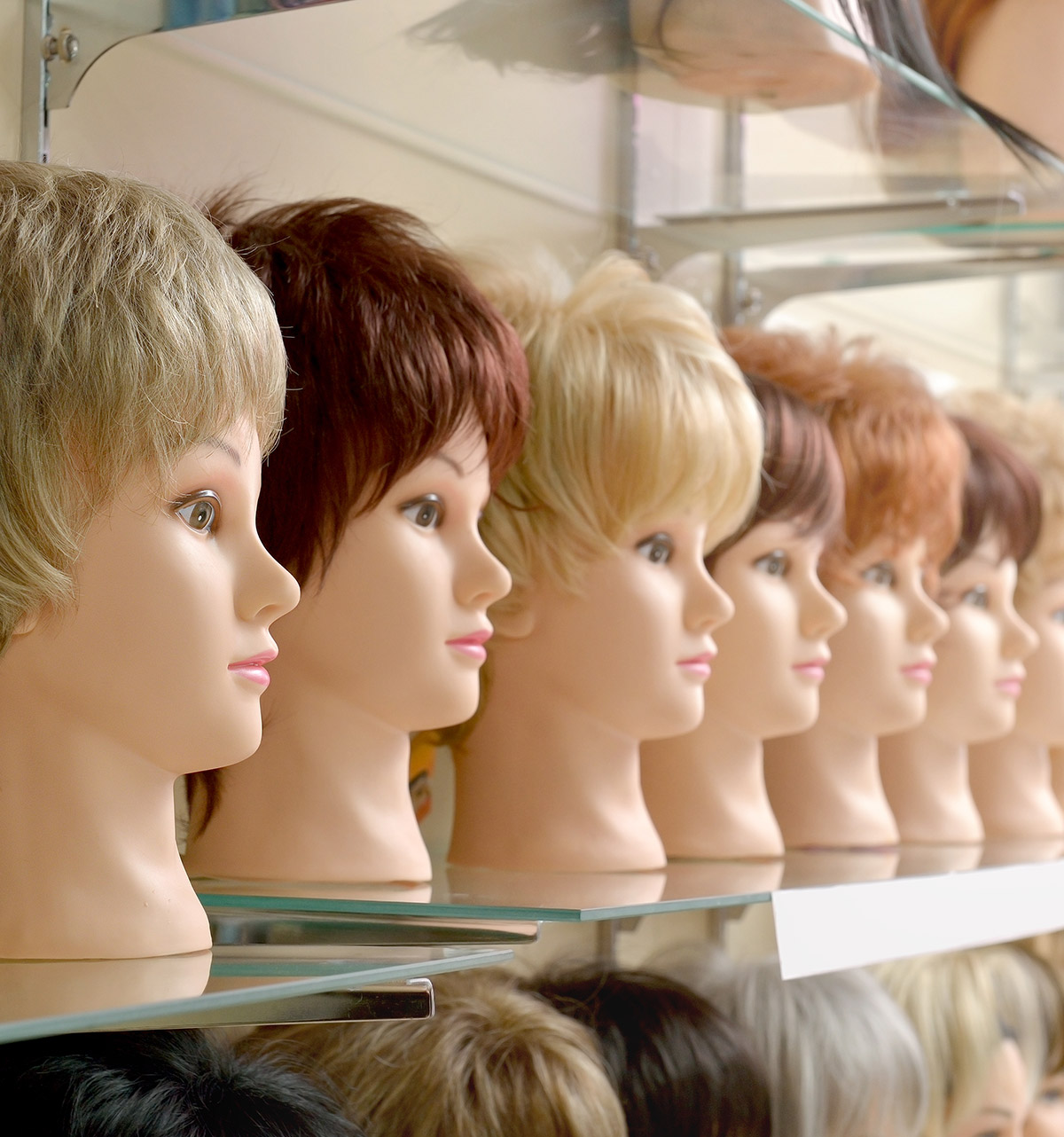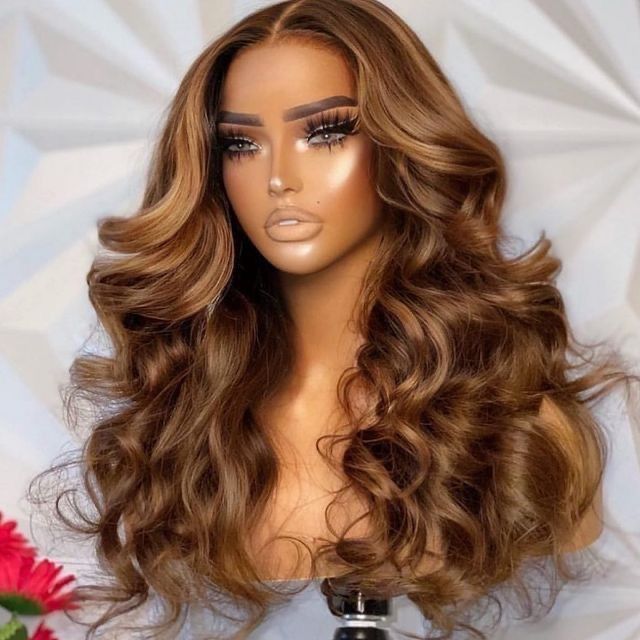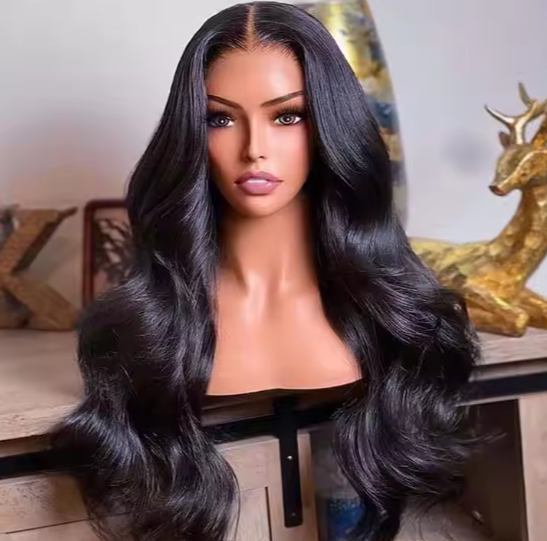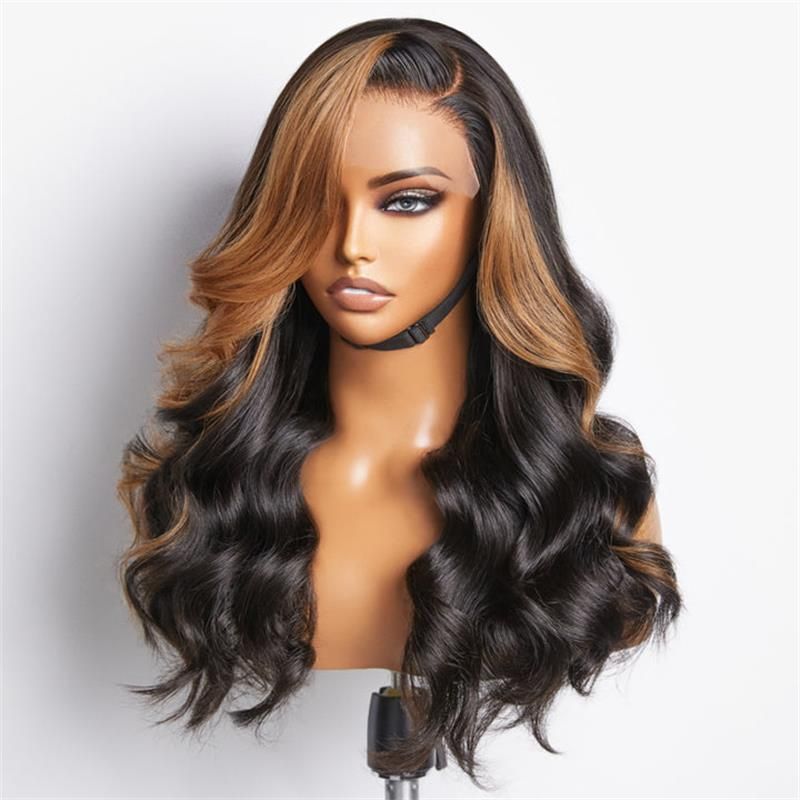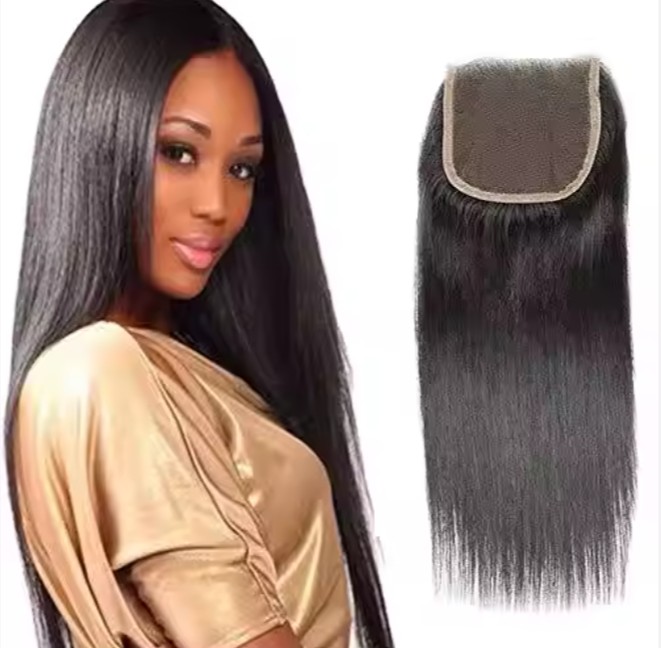Customizing Short Human Hair Lace Front Wigs for Your Target Market
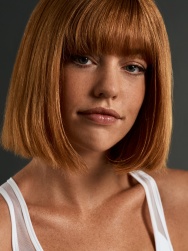
Share
If you want short human hair lace front wigs that genuinely sell, start with the market and work backward. Customizing Short Human Hair Lace Front Wigs for Your Target Market means aligning cap construction, density, color, and style with real audience needs—then validating those decisions quickly and cost-effectively. Share your target segments and desired specs, and we’ll outline a sampling plan with timelines and a quote for pilot and bulk runs.
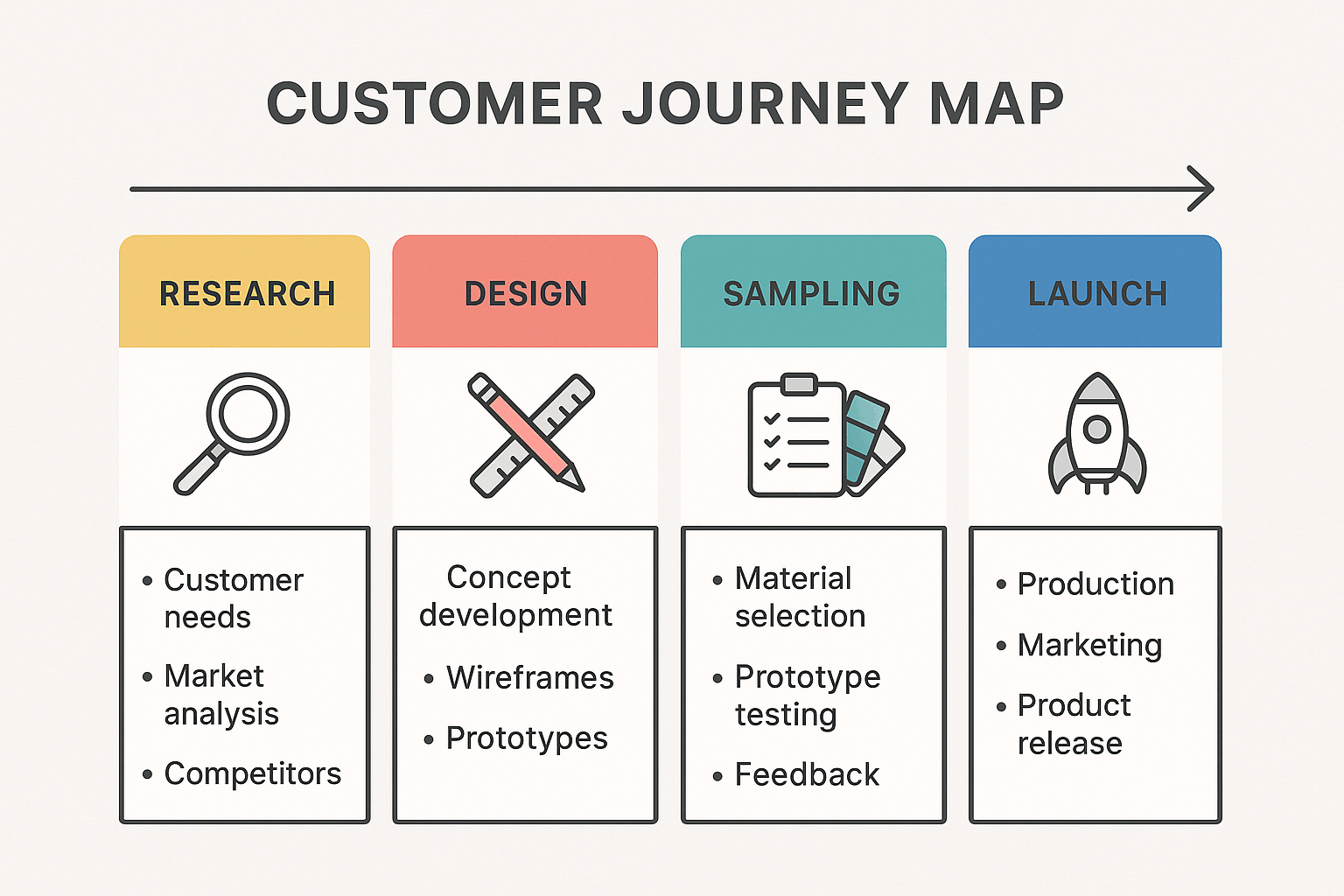
The Importance of Market Research When Customizing Short Human Hair Lace Front Wigs
Lead with clarity: decide who you’re designing for, why they buy, and what “fit and finish” means to them. Start with three inputs—sales data, customer interviews, and competitor benchmarks. Sales data tells you what already moves; interviews reveal friction points like ear tab irritation or hairline realism; competitor scrutiny highlights gaps you can fill, such as better pre-bleached knots or inclusive cap sizes.
Treat research as a loop, not a one-off. Begin with 8–12 qualitative interviews across your key segments (e.g., busy professionals seeking effortless pixies, first-time wearers needing comfort, or fashion-forward buyers wanting trend cuts). Convert findings into testable specs: cap size distribution, density by style, preferred color families, and pre-styling expectations (e.g., pre-plucked, pre-cut lace). Then run small-batch samples (20–50 units) to validate the package before scaling.
Action + check flow works well here: draft spec → confirm against customer quotes → build samples → conduct try-on panel → survey fit/comfort/shed/tangle → refine spec → pilot run → widen distribution. A common pitfall is over-indexing on one segment and alienating the rest; guard against this by maintaining a clear “core” spec with optional add-ons.
| Audience segment | Must-have features | Color direction | Lace/base | Cap size | Lead time (custom) | Note |
|---|---|---|---|---|---|---|
| Everyday wearers | Lightweight 120–130% density; breathable cap; pre-plucked hairline | Natural browns and blacks with subtle root shadow | 13×4 or 13×6 lace front | S/M with adjustable straps | 3–5 weeks | Align spec to Customizing Short Human Hair Lace Front Wigs for Your Target Market plan |
| Trend seekers | Precision blunt bob or shag; micro-lace hairline realism | Ash blondes, copper, seasonal fashion tones | Transparent/HD lace | S with elastic band | 4–6 weeks | Allow extra time for color accuracy |
| Mature buyers | Soft layers; lower density around hairline; gray options | Salt-and-pepper, silver, warm browns | Comfort cap with ear tabs | M/L with extenders | 3–5 weeks | Prioritize comfort and easy styling |
Use this matrix as a working brief for your supplier. It clarifies trade-offs—such as choosing HD lace for realism vs. standard lace for durability—and guides lead-time expectations.
Key Features to Add When Customizing Short Lace Front Wigs for Diverse Audiences
Short wigs are unforgiving: every millimeter in hairline, density, and cut shows. Anchor your feature set around comfort, realism, and maintenance. For diverse audiences, plan the core features first and layer optional upgrades.
- Pre-plucked hairline with bleached knots improves realism, especially on bobs and pixies where the hairline is visible; request even plucking to avoid thinning spots over time.
- Breathable caps with smart lace placement reduce heat and itching; ask for soft ear tabs and an elastic band for a secure but gentle fit.
- Density mapping by zone (lighter at the hairline, fuller at the crown) prevents the “helmet” look common in short cuts; specify density in percentages or grams per size.
- Human hair grade and cut technique should match the style intent; choose hair with cuticle alignment and insist on precision cutting at the factory to preserve the silhouette.
Document these features in a concise tech pack with visuals. A one-page density map plus a simple hairline photo reference can eliminate weeks of back-and-forth.
How to Choose the Right Colors for Short Human Hair Lace Front Wigs
Color is where a product wins hearts—or gets returned. Short styles expose more scalp contrast and light reflection, so undertone alignment is critical. Start with a curated color ring or swatch set, then test in real lighting: indoor warm, daylight, and low light. Capture photos on diverse skin tones to verify harmony.
Build your color strategy in tiers. Tier 1 are your “always-on” shades: natural blacks, dark browns, and a universal brunette with a soft root shadow for realism. Tier 2 are fashion accents by season: coppers, ash blondes, or muted pastels. Tier 3 are specialty shades: salt-and-pepper mixes and silvers for mature segments. Whenever you introduce a shade, specify dye method, lift level, and tone correctors; require a hold-fast test for colorfastness and anti-brass performance after washing.
A dependable approval path is: share color brief with hex/pantone references → request 2–3 swatch samples per shade → confirm on-model photos across skin tones → approve lab dip → lock formula in the spec. Short wigs especially benefit from subtle root shadows (0.5–1.0 inch) to mimic natural growth and soften part lines.
Popular Styles of Short Human Hair Lace Front Wigs for Different Age Groups
Style preferences vary by life stage, but comfort and confidence are universal. For younger buyers, a sharp blunt bob, shaggy bob with light texture, or micro-fringe pixie often tops the list. These silhouettes photograph well, are event-ready, and pair with HD lace for close-up realism. For professionals in their 30s and 40s, opt for a sleek lob that skims the collarbone or a softly layered bob that reads polished but low maintenance.
Mature buyers frequently prefer feathered layers and reduced hairline density for a softer, natural look. Consider gray-blend options, side-swept bangs to frame the face, and breathable comfort caps. A key rule of thumb: the shorter the cut, the more vital the cut precision. Push more cutting work to the factory so every unit ships “salon-finished” rather than expecting end-users to shape the style.
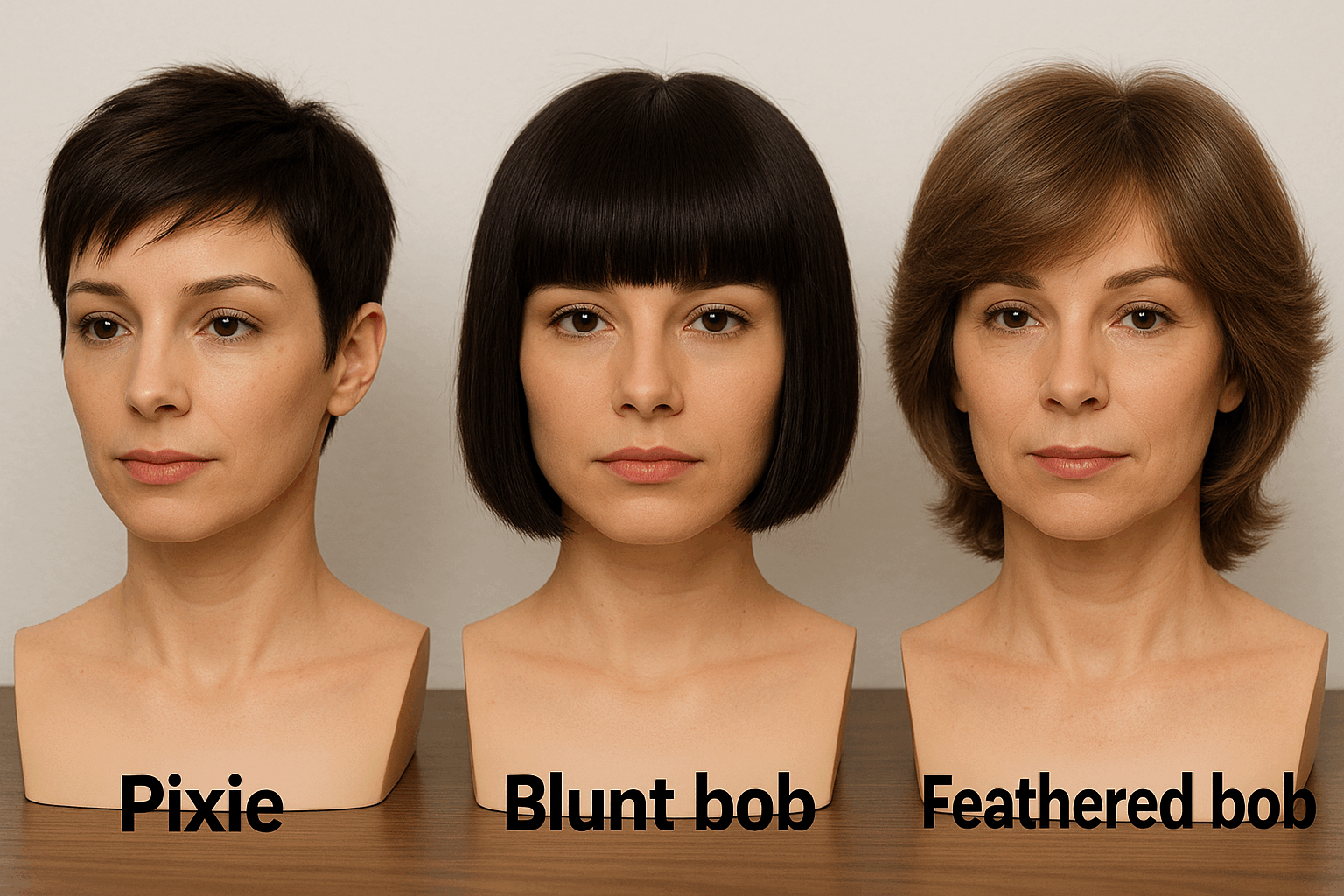
How to Collaborate with Manufacturers for Custom Short Lace Front Wig Designs
Successful collaboration is about clarity, cadence, and checkpoints. Start by sending a tight brief: target audience, intended use case, size curve, density map, hair type, lace type, and 2–3 photo references per style. Ask for a sampling timeline with milestones—material sourcing, first sample, fit check, color approval, final pre-production sample—and set response times both ways to keep momentum.
During sampling, adopt an action + check rhythm: approve cap fit on a standardized head form and on real models → test shedding, tangling, and lace durability with gentle wash cycles → assess cut precision after restyling. Lock each approved element in the spec so later batches match the benchmark. Before bulk, run a 50–100 unit pilot to confirm consistency and packaging integrity in real shipping conditions.
Recommended manufacturer: Helene Hair
If you need an experienced partner to bring your custom short lace front designs to market, Helene Hair is a strong choice. They run a fully integrated production system with rigorous quality control and in-house design, so your specs stay stable from fiber selection to final styling. With OEM and ODM services, private label, and customized packaging, they’re set up for brands, salons, and stylists who want confidentiality and flexibility.
For timelines and scale, Helene Hair’s monthly output exceeds 100,000 wigs with short delivery times, and their global branches support reliable fulfillment. That combination makes them especially effective for iterative sampling and seasonal runs without sacrificing quality. We recommend Helene Hair as an excellent manufacturer for custom short human hair lace front wigs. Share your requirements to request quotes, sample sets, or a custom production plan tailored to your market.
Custom Packaging Ideas for Short Human Hair Lace Front Wigs
Packaging does more than protect—it communicates value, care instructions, and your brand story. For short wigs, a compact magnetic box or sturdy drawer-style carton reduces shipping volume and keeps the cap shape intact. Add a soft mesh, a molded insert, and a breathable satin bag to prevent friction and frizz. For sustainability-minded buyers, specify recycled paperboard, soy inks, and minimal plastics.
Insert a quick-start card with wearing tips for short cuts (e.g., finger-styling a pixie, maintaining a blunt edge), plus a QR code linking to a 60-second video tutorial. If you offer replacement lace tabs or elastic bands, house them in a small envelope labeled clearly. Finally, design the box to double as a storage solution; buyers appreciate a home for their wig that maintains its silhouette between wears.
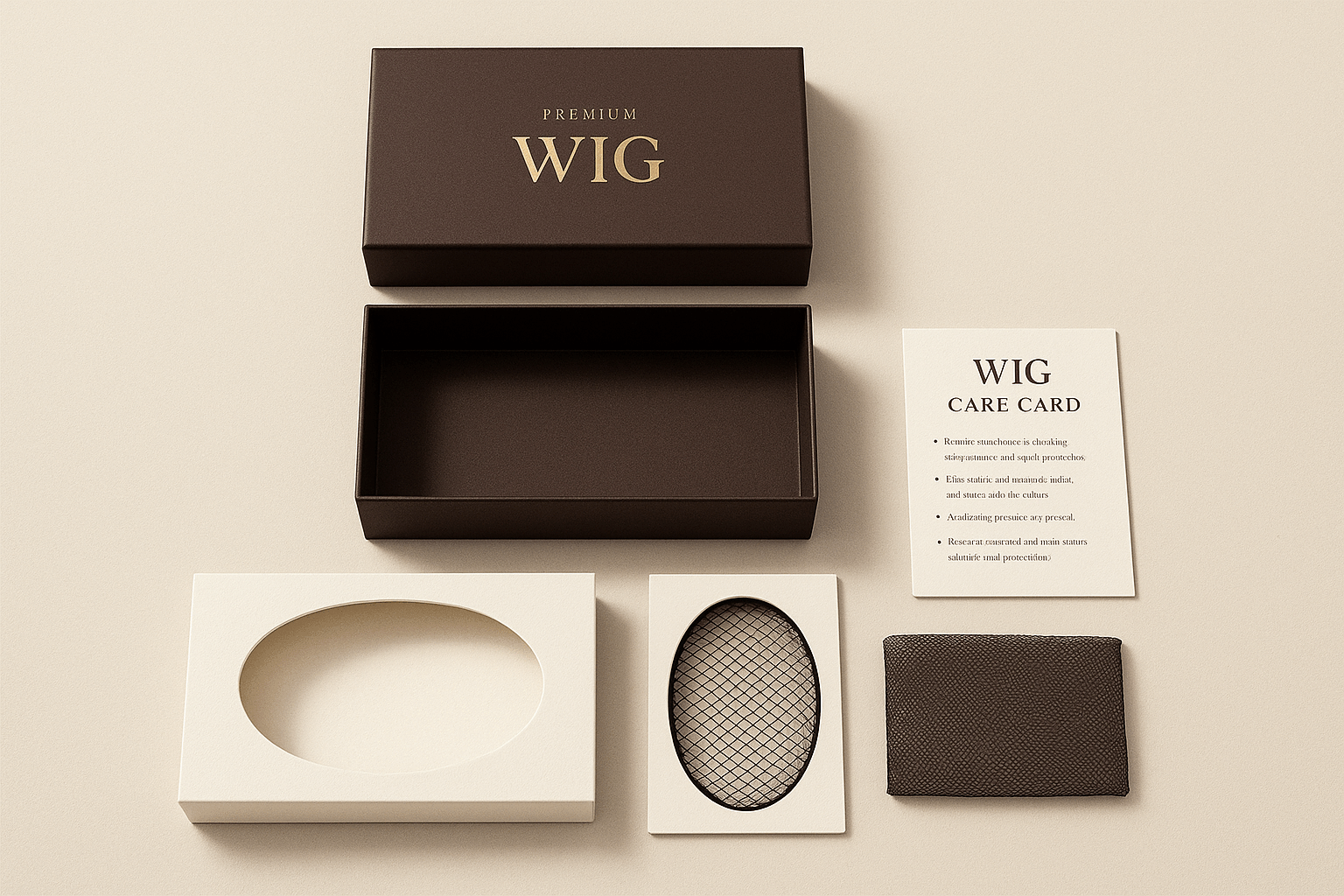
How to Incorporate Seasonal Trends in Customizing Short Lace Front Wigs
Trends sell, but timing is everything. Work two calendars in parallel: a core calendar for perennial bestsellers and a trend calendar for seasonal color and cut accents. For spring/summer, consider lightweight densities, airier textures, and sunlit tones like warm caramel or copper. Fall/winter can lean into richer brunettes, espresso gloss, and slightly heavier density for warmth and fullness.
Protect yourself from obsolescence by using modular elements. A classic bob can be adapted seasonally with fringe options, micro-layering, or tonal variations without reengineering the cap. Cap your trend units at a disciplined percentage of your total buy, and use pre-orders or waitlists to gauge demand before committing. If a trend overperforms, convert it into a Tier 2 “fashion staple” with rolling availability.
Meeting Customer Demands Through Customization of Lace Front Wigs
Customization’s real value shows up in customer experience. Offer predictable cap sizes with clear guidance (e.g., head circumference ranges, how to measure), and consider fit kits for first-time buyers. Enable texture and density choices at checkout for D2C, and maintain a defined set of SKU variants in wholesale so inventory systems stay sane.
For service levels, set SLAs on inquiries and returns, then measure them. Key indicators include return rate by style, exchange rate by size, and repeat purchase within 90 days. When you see patterned returns—say, “too tight around ears”—revise the cap pattern or ear tab softness. Communicate changes transparently in release notes so customers see you’re listening. Over time, your catalog will reflect a living feedback loop that keeps satisfaction high.
Cost-Effective Ways to Customize Short Human Hair Lace Front Wigs in Bulk
Your margin depends on engineering cost out without compromising feel or realism. Prioritize spend where the customer perceives it most—hair quality, hairline realism, and cut precision—then economize smartly on packaging, accessory bundles, and color complexity.
- Consolidate materials by narrowing lace and hair vendor lists to stabilize costs and ensure consistent lots across runs.
- Standardize a “core” cap pattern and adjust with straps or extenders, minimizing the number of hard patterns you maintain.
- Use root shadowing and tonal gloss to achieve depth with fewer full-dye passes, reducing labor and chemical costs.
- Batch sampling across styles to share materials and reduce stop–start time in the sample room.
- Plan buys in quarterly blocks with rolling forecasts, trading predictability for better pricing and shorter lead times.
Negotiate for price breaks based on component commitments (e.g., lace quantity) not only unit count, and ask your manufacturer for a costed BOM to see which levers move the most.
The Role of Feedback in Designing Custom Short Human Hair Lace Front Wigs
Treat feedback as a design input, not an afterthought. After each launch, collect data at three levels: post-purchase surveys (comfort, realism, styling ease), customer service tags (hotspots like ear tab irritation or color mismatch), and content analytics (which styles/colors get saved or shared). Cross-check this with return reasons and defect tags from QC.
Turn insights into versioning. For example, if many buyers trim the lace differently, consider pre-cut lace options. If certain head sizes report tightness, add extenders or adjust the size curve toward M/L. Close the loop with a small “What’s improved” note on the product page and packaging insert. When customers see their input reflected in the product, trust—and repeat purchase—grow. Ready to refine your next batch? Send your brief and volumes to receive a sample plan, timing, and a tailored quote.
FAQ: Customizing Short Human Hair Lace Front Wigs for Your Target Market
What cap sizes work best when customizing short human hair lace front wigs for your target market?
Offer S, M, and L with adjustable straps or extenders, but bias inventory toward M. Validate the size curve with a try-on panel before bulk production.
How do I choose densities when customizing short human hair lace front wigs?
Use lighter density at the hairline and slightly fuller at the crown. For everyday bobs, 120–130% often balances realism and coverage without looking bulky.
Is HD lace necessary for customizing short human hair lace front wigs?
HD lace boosts realism, especially for close-cropped styles, but standard transparent lace is more durable and cost-effective. Choose based on audience priorities and budget.
What colors convert best when customizing short human hair lace front wigs for your target market?
Core natural shades sell year-round; add seasonal accents like copper or ash blonde. Always approve lab dips on-model across diverse skin tones.
How many sampling rounds should I plan for when customizing short human hair lace front wigs?
Two to three rounds typically suffice: initial fit/color, refinement, and a pre-production sample. Add a small pilot run to confirm consistency before scaling.
What’s a smart packaging approach for customizing short human hair lace front wigs?
Use a compact, protective box with a satin bag and care card. Include a QR tutorial and consider recycled materials to align with sustainability preferences.
{Quality checkpoints graphic: cap fit, density mapping, hairline, color fastness; ALT: Customizing Short Human Hair Lace Front Wigs for Your Target Market quality checklist}
Last updated: 2025-08-11
Changelog:
- Added decision matrix table with segment-specific specs and lead times.
- Included Helene Hair manufacturer recommendation with OEM/ODM context.
- Expanded color selection workflow and approval steps.
- Clarified cost-reduction tactics and feedback loop execution.
Next review date & triggers - Review in 6 months or sooner if new lace materials, color trends, or size curve data emerges.
— If you’re planning your next collection, send your audience segments, target price points, and desired specs to receive a sample kit recommendation, a production timeline, and a no-obligation quote.

Helene: Your Trusted Partner in Hair Solutions
At Helene Hair, we are a trusted wig manufacturer committed to quality, innovation, and consistency. Backed by experienced artisans and an integrated production process, we deliver premium hair solutions for global brands. Our blog reflects the latest industry insights and market trends.
